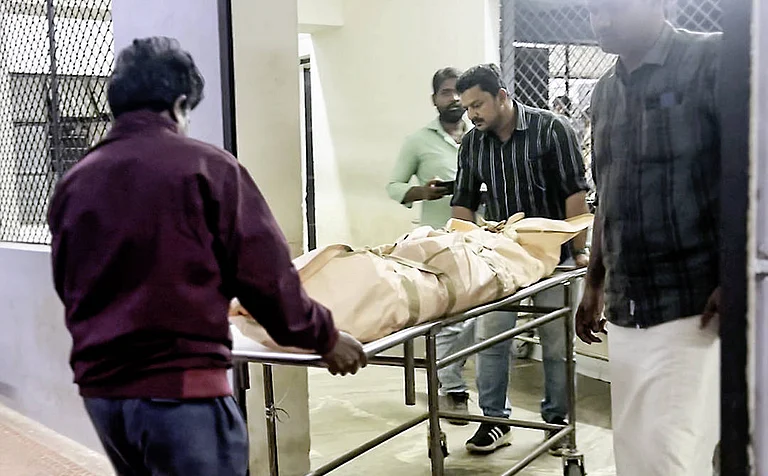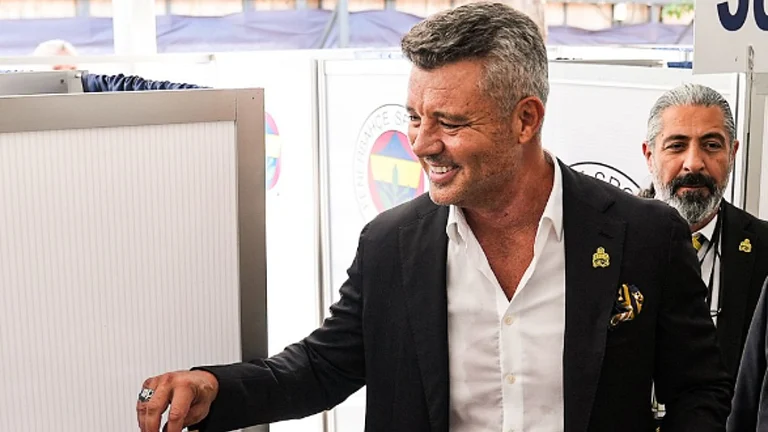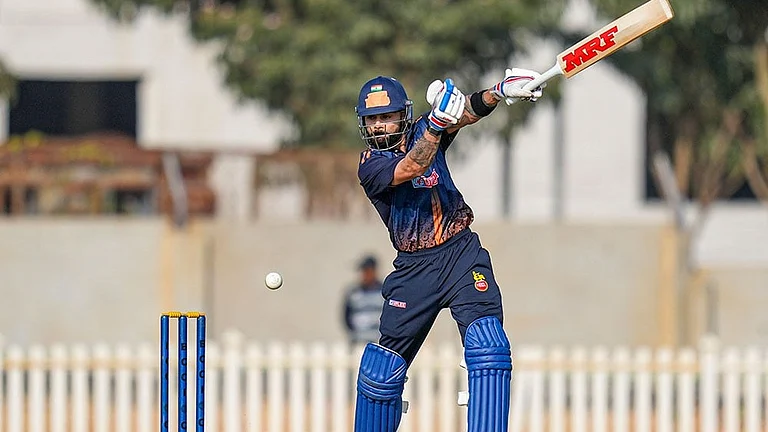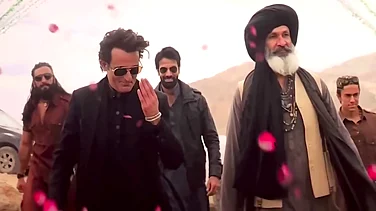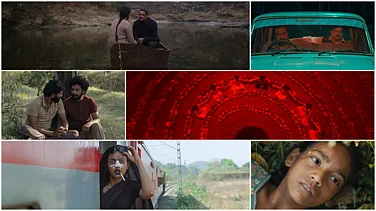Hidden within the complex hierarchies of Hindi cinema are numerous anonymous workers, craftsmen, artists and technicians. Many of them toil away with little compensation and almost no recognition for years on end. With no job security, these cine-workers are often on the brink, and it is no surprise that many have fallen by the wayside over the last three years due to the pandemic.
It is common for workers to have entered the film set through a family member or mentor; it is also common that many find themselves in film studios due a deep passion for cinema. Some dreamers run away from small towns seeking proximity to the world of Hindi cinema and larger-than-life screen idols.
Over the years, from dispensing chai to assisting the cinematographer, the runaway cine worker is a fascinating archetype, driven by dreams and passion while battling crippling hardships. From the art assistant who lovingly ages a wall in a film set using tea stains, a gaffer who, in a moment of inspiration, changes a light to create magic, to the foley artist who fashions an iconic sound using odds and ends, there are many whose skills and efforts are far more than just a small piece of a grand mosaic.
The realm of Hindi film sound is greatly under-acknowledged and understudied. It’s impact though, is vast. Dishoom and dishkiyaaon are more than just sound effects. More than just the spirited shouts of kids at playgrounds. More than just quirky restaurant names. These storied South Asian onomatopoeias have extraordinary potency beyond their function as mimetic words representing the cinematic sound of a fist punch and of a ricocheting gunshot. They are cultural artefacts that embody a fascinating and largely unexplored history of the production of sound in Hindi cinema and all Indian cinemas.
In the Indian cinema soundscape, there is a clear hierarchy. Traditionally, film songs found themselves on the top in terms of the quality of recording and the resources allocated. Dialogues came second, with the background score often in close contest. At the bottom were sound effects—footfalls, doors closing, wind, rain and storms, birds and crickets, temple bells, police sirens, the squeal of car tyres, crashes, explosions, and, of course, the sounds of fistfights and firearms.
During the era of analogue magnetic tape (roughly from the early 1970s onwards to the late 1990s), it was standard practice to reserve the highest grade of tape for the film’s songs. Then came allocation for the dubbing of dialogues and, lastly, the lowest grade of magnetic tape was assigned to the sound editing department to produce and place sound effects.
Often the 1000-foot canisters of tape meant for sound effects production would consist of scraps of varying length, quality and provenance jointed together. Depending on the budget of the film, these jointed ‘stripe-tape’ cans for sound effects would vary from those with one joint to ten. Many discarded strips of magnetic tape came into the country as bulk imports. There was a primary market for these scraps; melted down, the tape was used for shirt collar stiffs and bangles.
In a restricted economy, in which western technology often took years to enter India, enterprising operators would scavenge reams, join together disparate fragments into industry- friendly cans and sell them to film producers, who, in turn, would use them to either record created sound effects for their films or copy them from transfer rooms.
From Rajkamal Kalamandir to BR Films (amongst others), one could hire a transfer room at an hourly rate and make copies of sound effects, especially of those that were too expensive to produce, such as explosions and car chases. In this manner, from one copy to another, countless analogue facsimiles of the same sound effects would do the rounds of film studios, often degenerating in quality with additional hiss and noise added on the relatively inexpensive stripe-tape.
It is no surprise, then, that the Indian film soundtrack amply displays these complexities of material culture, technology and political economy—songs are pristine, dialogues are bold, but sound effects often reveal the many pathologies of the composite soundtrack. Fused with a stubborn hum and/or a sibilant hiss, the same copied sounds make their way to the big screen, and inevitably to the broader aesthetic ecology of cinema in India.
The widely circulated punches, gunshots and car tyre squeals often did not match either perspective or screen action, for in all the quirky and singular idiosyncrasies of Hindi (and Indian) films, fidelity and realism were of less value than the mythic symbolism and the expressionism of a sound effect.
One may never know who the creators of dishoom and dishkiyaoon were but what one does know is the power of the heroic mukka (punch) and the reverberant thrill of the Hindi film gunshot, often the same, regardless of the type of firearm or the space in which the shot was fired. For the re-recording engineer of a Hindi film, the struggle to find space for sound effects on the soundtrack, after laying songs, dialogue and background music, was one of limited resources and an inflexible sonic culture. These technicians often battled the odds at the bottom of the film production hierarchy, doggedly and passionately infusing whatever artistry they could manage.
It is such lesser known narratives and aesthetics of Hindi cinema and Indian cinema in general, crafted over generations, by countless anonymous cine workers, that this annual issue showcases. The collective, tireless efforts of countless light men, gaffers, camera operators, projectionists, set decorators, dressmen, makeup artists, publicity designers, animal wranglers, equipment and transport suppliers, caterers, junior artists, dancers, location managers, union leaders, not to mention the iconic ‘strugglers’, constitute the unseen glue that unifies the intricate edifice of the world of film.
These contributions are the hidden strands made of the labour and love of countless anonymous workers, woven into the opulent tapestry of Hindi cinema, the focus of this issue. With essays from film scholars, researchers, artists, writers; portraits of numerous cine workers; interviews with key experts; and much more; this special issue distils the ‘real’ from the ‘reel’ in a hat-tip to the countless hidden cine workers of Hindi cinema for the readers of Outlook.
(This appeared in the print edition as "Dishoom and Dishkiyaaon")
Gautam Pemmaraju is a writer and filmmaker







